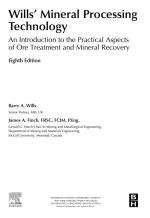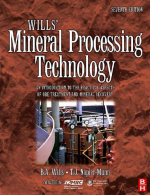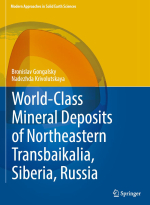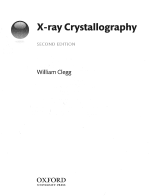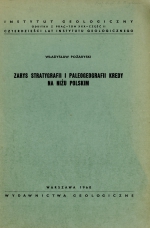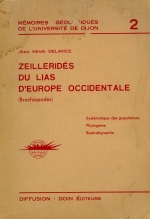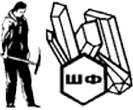In 1996, the IAEA published the Guidebook to Accompany IAEA Map: World distribution of Uranium Deposits (the ‘Guidebook’). This publication, which was the culmination of a process that began in 1990, introduced a descriptive deposit classification that expanded upon the classification used in the OECD/NEA-IAEA Red Book. Experts from six countries and from the IAEA collaborated on establishing the deposit classification. They also contributed information on a total of 582 deposits worldwide, and provided summary information on these deposits that became part of the Guidebook including their location, status (operating, dormant, depleted, etc.), resources (within a specific resource range — e.g. 1 500 to 5 000 t U), average grade (within a grade range — e.g. 0.03–0.10% U), geologic age, host rocks and tectonic setting. <...>


